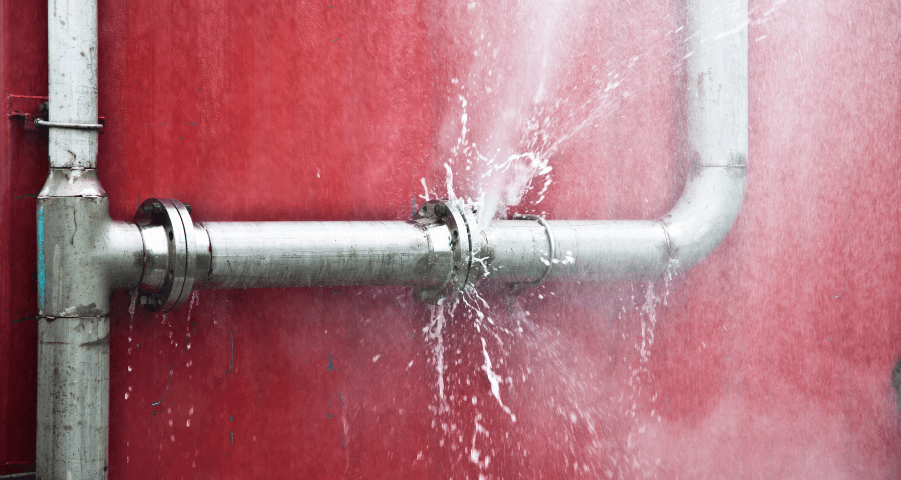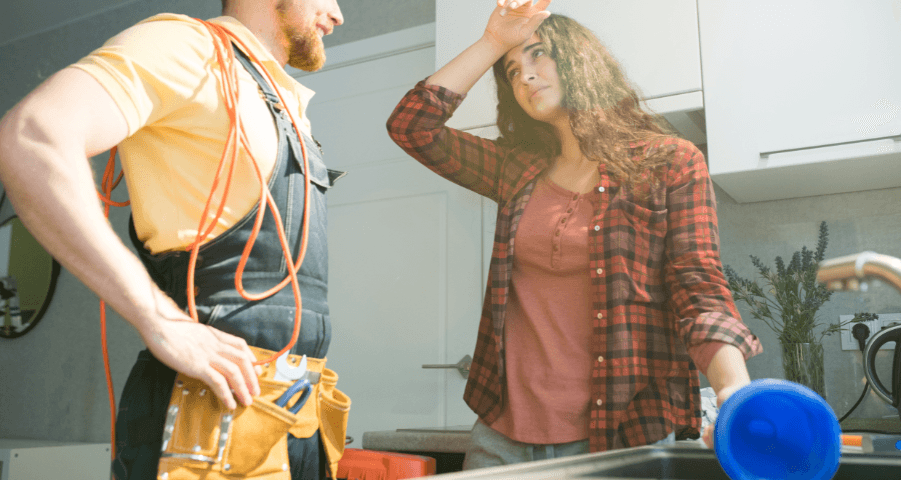As winter approaches, it's essential to prepare your home for the colder temperatures to prevent potential damage to your plumbing system. Winterizing your plumbing is a proactive measure that can save you from the inconvenience and expense of frozen pipes and other cold weather-related issues. In this blog post, we'll provide a comprehensive guide on how to winterize your plumbing effectively.
Insulate Exposed Pipes:
One of the primary steps in winterizing your plumbing is insulating exposed pipes, especially those in unheated areas like basements, attics, and crawl spaces. Use pipe insulation or heat tape to protect your pipes from freezing temperatures. This simple measure can go a long way in preventing pipe bursts and subsequent water damage.
Disconnect and Drain Outdoor Hoses:
Before the first frost hits, disconnect and drain all outdoor hoses. Storing them in a shed or garage can prevent damage from freezing temperatures. Additionally, consider installing outdoor faucet covers to insulate and protect against the cold. This will help avoid frozen outdoor faucets, which can lead to internal pipe damage.
Locate and Seal Drafts:
Inspect your home for drafts, especially around windows and doors. Sealing these drafts not only makes your home more energy-efficient but also helps maintain a warmer environment for your plumbing. This is particularly crucial for pipes located near exterior walls.
Service Your Water Heater:
Ensure your water heater is functioning optimally during the colder months. Consider flushing the tank to remove sediment buildup, insulating the water heater and exposed pipes, and adjusting the temperature to a moderate setting to prevent freezing. A well-maintained water heater is key to consistent hot water supply during winter.
Keep a Faucet Dripping:
On especially cold nights, allowing a faucet to drip slightly can prevent water from freezing in the pipes. This constant movement of water reduces the risk of frozen pipes. Focus on faucets connected to pipes that run along exterior walls or are particularly susceptible to freezing.
Know the Location of the Main Water Shutoff Valve:
In case of an emergency, know the location of your main water shutoff valve. Being able to quickly turn off the water supply can minimize damage in the event of a burst pipe or other plumbing emergencies during winter.









